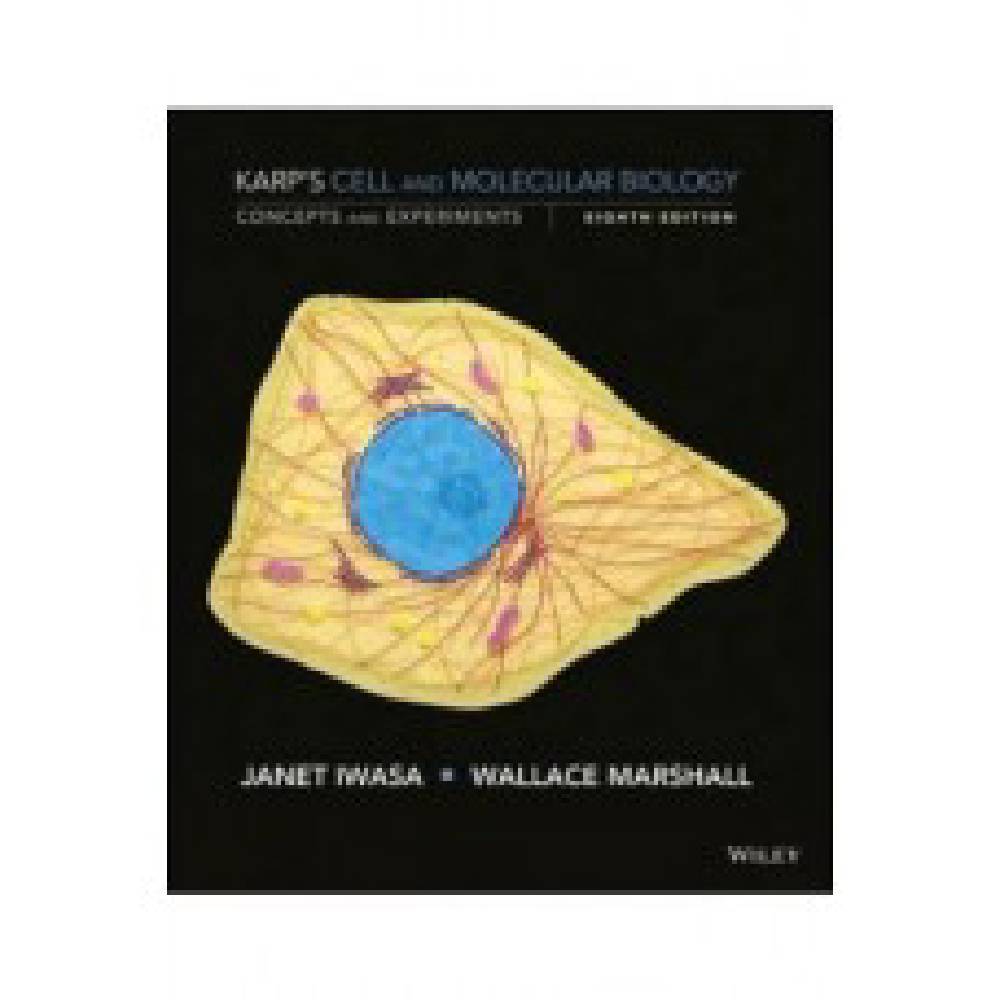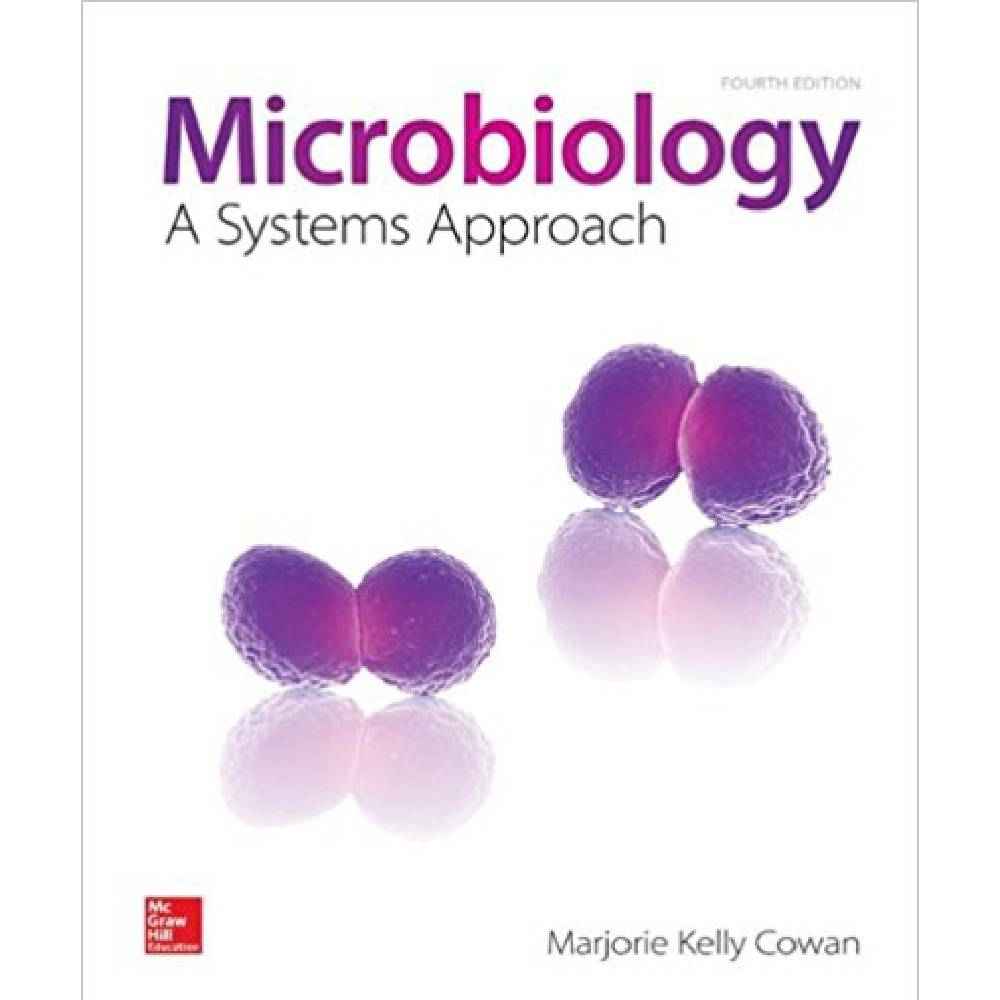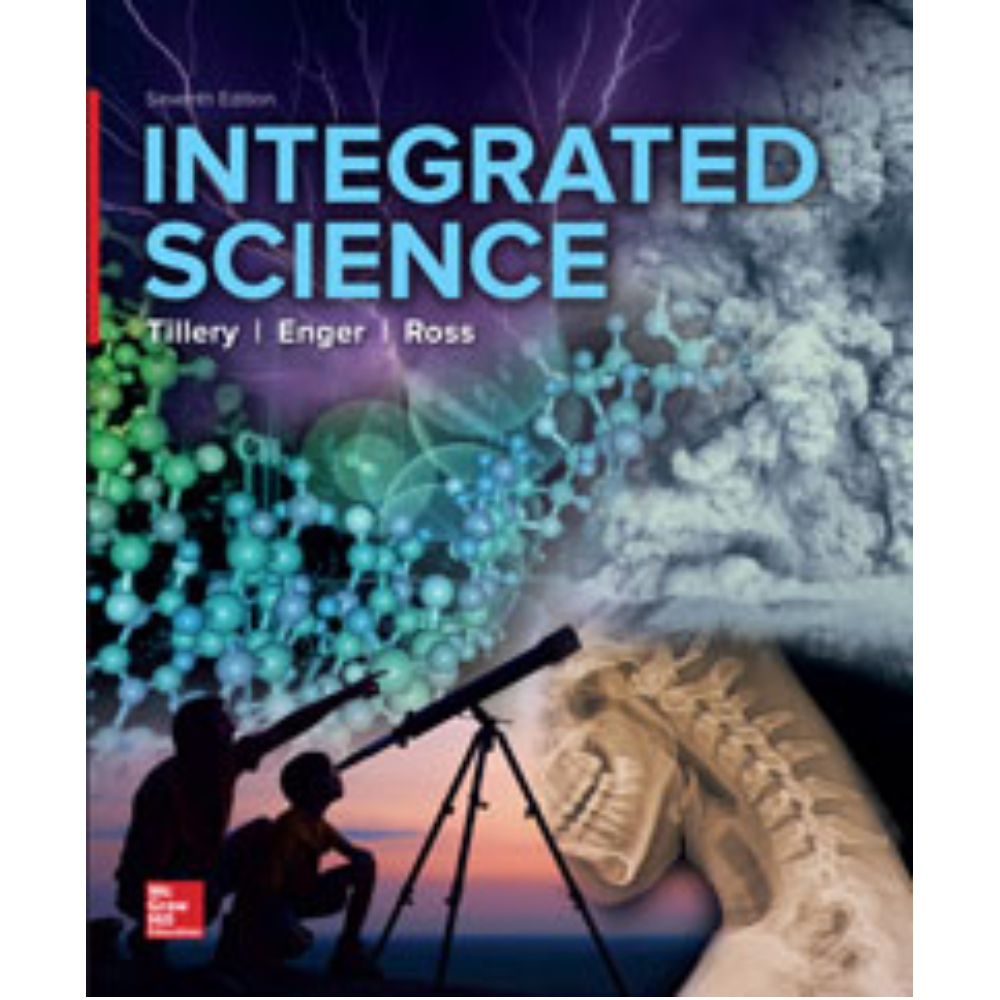Integrated Science 7Th Edition By Bill Tiller – Test Bank
$55.00
Integrated Science 7Th Edition By Bill Tiller – Test Bank
You will receive this product within 24 hours after placing the order
Integrated Science 7Th Edition By Bill Tiller – Test Bank
Integrated Science, 7e (Tillery)
Chapter 11 Nuclear Reactions
1) An alpha particle is really a high-energy electron ejected from the nucleus.
2) When undergoes beta-decay, the product is .
3) Isotopes with an even number of both protons and neutrons are generally stable.
4) A radioactive decay reaction produces a simpler, more stable nucleus.
5) X undergoes radioactive decay to Y with a half-life of five minutes. After 10 minutes, the sample of X has completely decayed to Y.
6) Alpha radiation is the least dangerous as alpha particles can be stopped by your skin.
7) The threshold model proposes that under a certain level, your body can repair the damage produced by radiation.
8) The mass of a nucleus is slightly greater than the sum of the masses of the individual protons and neutrons.
9) Nuclear power reactors cannot explode like an atom bomb because there is not enough of the fissionable U-235 in a reactor to maintain a chain reaction.
10) Airline crews receive roughly three times the background radiation of those of us who spend most of our time on the ground.
11) This type of radiation is really the nucleus of a helium atom.
- A) alpha
- B) beta
- C) gamma
- D) All of the choices are correct.
12) This type of radiation can easily pass through a human.
- A) alpha
- B) beta
- C) gamma
- D) All of the choices are correct.
13) This type of radiation ionizes atoms and molecules.
- A) alpha
- B) beta
- C) gamma
- D) All of the choices are correct.
14) Nuclei with a higher than desired neutron-to-proton ratios tend to undergo which type of decay?
- A) alpha
- B) beta
- C) gamma
- D) All of the choices are correct.
15) This type of radiation is released when decays to .
- A) alpha
- B) beta
- C) gamma
- D) All of the choices are correct.












Reviews
There are no reviews yet.